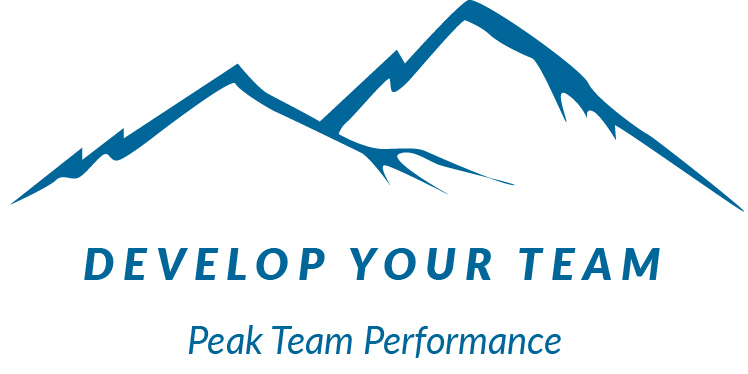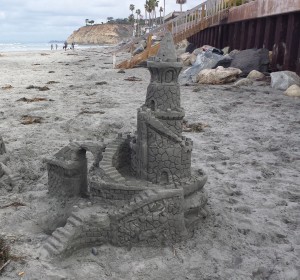What makes a team a team? You’ve probably been a part of many teams throughout your life – through school activities, sports teams, work groups, project teams, or volunteer organizations, to name a few. It’s just a group of people, right? Well, no, it’s really not.
So what is the difference between a group and a team? Sometimes work groups reporting to the same supervisor are labeled “teams.” Is that all it takes – a label? Sometimes we act that way. As if giving something the name that represents what we want it to be will make it so. And while that can be a good first step, developing a team requires far more than just calling it a team.
A team is a group of people working together toward a common purpose. Sounds simple enough. On paper. But when it comes to the actual level of effectiveness of a team, differences can be extreme. You’ve probably encountered a wide range in your own experience. Because their performance is highly visible and outcomes are well-defined, sports teams offer great examples of teamwork and team effectiveness. Last year, as I watched the LA Kings become the 2014 NHL Stanley Cup Champions, I was struck repeatedly by the teamwork that propelled them to the top. Along the way, I also observed teams made up of highly-talented individuals who seemed to lack cohesion or were distracted by conflict, and failed as a result.

Effective teams consistently exhibit certain characteristics:
- clear understanding of mission and purpose
- trust in the intentions and capabilities of members
- open communication – all voices are heard
- willingness to question ideas or actions – of self and each other
- inclusive atmosphere
- seek diverse perspectives
- leverage strengths to support each other
It’s true that over time many groups will naturally gravitate toward team behaviors and characteristics. But why wait and just hope for that process to occur? The process of transforming a group into a team can be greatly accelerated through purposeful activity and discussion. Next time your group gets together, try including an activity to reinforce a certain aspect of teamwork. Here is an example of an activity that requires no props, can be done in any setting, and offers an opportunity for a rich discussion about how team members communicate with each other.
For more detailed instructions about how to use and debrief this activity, check out Teamwork & Teamplay by Jim Cain and Barry Joliff. Or contact me – I’d love to talk with you about this or other activities for your team!



